
The Pregnancy Podcast – Cord Blood Banking
Why this podcast?
Well, I’ve said it before and I’ll say it again. The host, Vanessa Merten, brings you well-researched, evidence-based information on a huge range of subjects in easy to digest episodes of thirty minutes or less.
It’s no wonder this podcast features here so regularly!
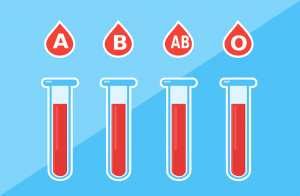
Why this episode?
As a doula, I belong to a few online pregnancy groups and I see questions about cord blood banking popping up fairly regularly.
If you are exploring this option I highly encourage you to read the rest of this post, listen to the episode and do your own research.
Whether or not you are based, as this podcast is, in the United States, this episode will give you a great starting point for thinking about the various aspects of cord blood banking as well raising some points to consider during your decision making process.

The episode
It’s probably no surprise that this episode contains some scientific information but luckily Vanessa is great at breaking it all down and making it easy to follow.
That said, let’s jump into some science!
Cord blood stem cells can form, or differentiate into, red blood cells, white blood cells and platelets.
Their ability to do this means that these cells could help treat blood and immune system related genetic diseases, cancers and blood disorders.

A sample of cord blood can be collected straight after the birth of your baby and will be stored in a cord blood bank to be used, potentially, in the future.
Vanessa’s research shows that there are about eighty conditions that may be treated with cord blood but she also points out that none of these is common.
If you have a certain condition that runs in your family it may be worth talking to your care provider about whether cord blood could be used to treat it.

Your baby may not be able to use their own cord blood
What?!!
Unfortunately, cord blood banking is not, as people often think, some kind of guarantee for your baby’s future health.
If, for example, your baby were to develop an immunological disorder, their cord blood would likely contain the same genetic defect. This is often the case with leukaemia.
Cord blood banks
These can be either private or public.
A private bank will store your baby’s cord blood to be used solely by your baby or your family.
There aren’t any accurate statistics to show how likely it is that your baby would need their cord blood in the future and private banks tend to charge a lot to store your baby’s blood.
Vanessa found that it is around 2000 USD for collection and 200 USD each year for storage.
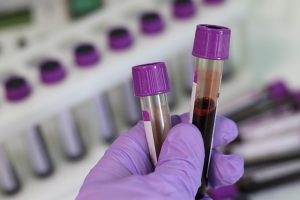
A public bank is another option and these work just like any blood bank. This means that you do not own the blood that you donate and that it can be used by anyone.
It also means that any sample that does not meet the bank’s quality controls will be discarded.
Samples sent to public banks will be tested for chromosomal abnormalities and infectious diseases and if any of these were found you would be notified. Collection and storage are generally free of charge.
Cord blood banked in a public bank may not be accessible for future use by you or your family but could save somebody else’s life.
It is important to check that any bank you are considering, whether it is private or public, in the United States or abroad, meets all the required regulations and has all the necessary accreditations.

Food for thought
Something to consider is that individuals who end up needing their cord blood often need more stem cells than are present in a single sample.
Once a child is over ninety pounds (40.8 kg) it is unlikely that there will be enough cells in that one sample of cord blood to be able to treat them.
Public banks will discard any sample that does not contain enough stem cells and often mix multiple samples when preparing a treatment.
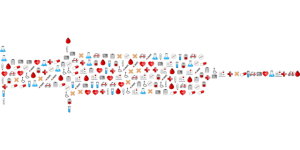
Vanessa cites one statistic that suggests that 60% – 80% of cord blood samples donated to public banks are discarded.
This can be due to contamination or other problems that may arise during the collection or transportation of the sample but is mainly due to an inadequate number of stem cells in the sample.
Private banks will store any size sample you give them because you are paying them to do so.
Information like this makes it easier to understand why public cord blood banks are more accepted in the medical community and seen to have both higher quality controls and rates of medical usefulness than private banks.

The American Academy of Pediatrics states:
”Cord blood donation should be discouraged when cord blood stored in a bank is to be directed for later personal or family use”
This is because the majority of conditions that might be helped by cord blood stem cells are already present in the sample.
The academy also states that any collection made should not alter the timing of umbilical cord clamping.
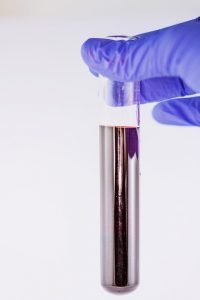
Cord Blood Transplants
Interestingly, cord blood transplants require less stringent matching than something like bone marrow transplants.
Siblings are more likely to be a match as are people from the same ethnic backgrounds.
The odds that two siblings will have the match required for a cord blood transplant are 39% and the odds that a baby’s cord blood would be a match for their parents or grandparents are 50%
At first glance, these seem like pretty good odds.
However, they also show that there is at least a 50% chance that your baby’s cord blood would NOT be a match for a close relative and that blood from a public bank would be necessary.

How is cord blood collected?
Each cord blood bank will do things slightly differently but if you decide to bank a sample of your baby’s cord blood a collection kit will be provided to you during your pregnancy.
Once your baby is born and the umbilical cord has been cut blood from the end that was attached to your baby will be extracted.
A medical courier will most likely collect the sample and deliver it to the cord blood bank.
Once it arrives at the lab it will be examined and undergo various tests before being processed and prepared for cry-preservation (frozen) and storage.

Cord blood banking and delayed cord clamping: Can you do both?
An adequate collection of cord blood requires at least 50-75ml of cord blood.
About 80ml of blood will return to your baby from the placenta in the first minute after birth if the cord is not clamped, increasing to around 100ml by three minutes and up to 200ml if left unclamped for longer.
If both delayed cord clamping and cord blood banking are important to you then any delay in cord clamping should be pretty short.
In turn, this will mean less of your baby’s blood returning to their body from the placenta.
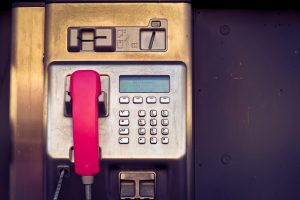
In preparing for this episode Vanessa contacted five of the largest private cord blood banks in the United States to ask about combining delayed cord clamping and cord blood banking.
The answers she got varied widely but centred around the idea that –
”Yes you can delay but the longer you do so the less blood will be collected”
Nobody was able to give a suitable length of time to delay clamping.
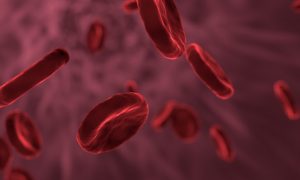
The American College of Obstetricians and Gynecologists (ACOG) says that it IS possible to do both delayed clamping and collect a large enough sample for banking.
They suggest that only about 50ml of blood is required for banking and so a delay of 1 minute would allow 80ml of blood to travel back to your baby leaving more than enough for banking.
They do not recommend delaying longer than 3 minutes if you wish to bank cord blood.
One study of around 1200 births showed that successful recovery of cord blood units decreased ten-fold if clamping was delayed for more than 1 minute.

****If you plan to bank your baby’s cord blood or combine this with delayed cord clamping it is vital to talk to your care provider prenatally so that you are both clear on exactly what you want and what is possible at your chosen birth location.****

To wrap up
Deciding whether or not to bank your baby’s cord blood is a big and very emotional decision involving a wide range of factors.
While there have been children saved by their own or siblings banked cord blood there are a lot of aspects to consider and questions to ask before making a decision.
Vanessa cites a whole lot more science and statistics in the episode itself and also briefly talks about the option of having stem cells collected from your placenta.
I highly encourage you to check out both the episode and show notes as well as researching the more specific practices, rules and regulations in your area.
I would love to hear from you if you explored the idea of cord blood banking.
What made you decide to go for it or not? How difficult a decision was it?
Until next time!
Emily Wills is a doula based in Stockholm. She believes that birth can be a beautiful and empowering experience and started this blog as a way of sharing some really great podcasts. She is also a mother of three and an enthusiastic runner.
